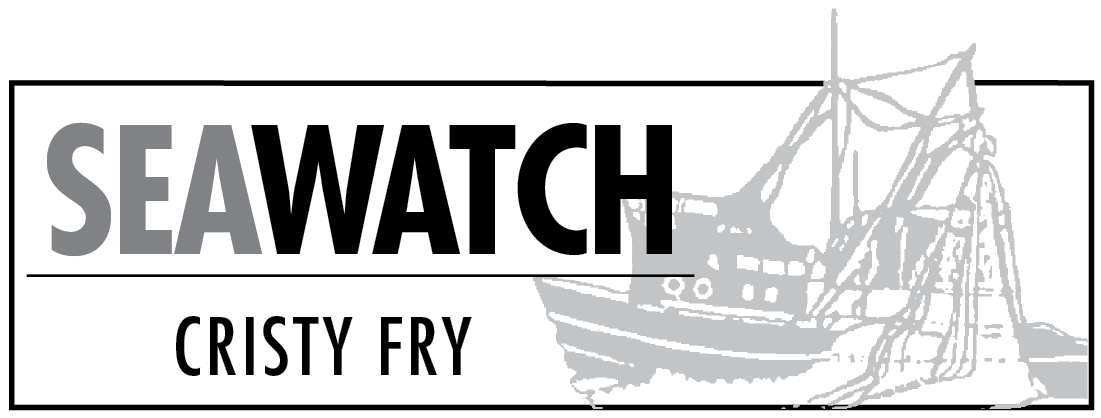The numbers are in and Upper Cook Inlet salmon fishermen have been griping about their season for a reason.
The total harvest of 3.1 million salmon was 15 percent less than the most recent 10-year average, and the ex-vessel value of around $24 million was 20 percent below the previous 10-year average, even though the total run was 7 percent above forecast.
The commercial sockeye harvest was 2.6 million.
And yes, it was late.
According to the Anchor Point offshore test boat data, the mid-point of the run occurred July 25, the latest ever since the beginning of the test boat program, and the latest fishermen that have been fishing Upper Cook Inlet since the 1960s can remember.
The Alaska Department of Fish and Game is calling it the latest on record.
And no, there were no big days.
The peak catch per boat in the drift fleet, the biggest day all season, was a mere 283 sockeye, when average peak catches per boat run between 700 and 1,600 fish.
It’s what area management biologist Pat Shields called the “worst best day ever” in an interview with KSRM Radio in Kenai.
Same for the setnet fleet.
Their best day was 95,000 sockeye, which represented the lowest peak daily harvest ever recorded, other than 2012 when they only fished one day all year.
And yes, the sockeye were small, the second smallest on record at an average of 5.3 pounds, the record being 2006 at an average of 5.1 pounds.
“In other words,” Shields writes in the ADFG summary, “the 2015 sockeye salmon run can be characterized as very protracted, and never experienced a significant build-up of fish in either the Central District drift or in the Upper Subdistrict set gillnet fisheries.”
What about all those chum salmon?
The 2015 harvest of around 269,000 chums was more than double the previous 10-year average.
The poor season was not for lack of fish.
The Kenai River saw an escapement of 1.7 million sockeye, half a million fish over the upper end of the in-river escapement goal.
The Kasilof River had nearly 471,000 sockeye make it past the counters. The upper end of that escapement goal was 340,000 sockeye.
All the rivers in the Mat-Su Valley that have escapement goals either met them solidly in the middle or exceeded them.
There’s always next year.
Find the full summary at http://www.adfg.alaska.gov/index.cfm?adfg=commercialbyareauci.salmon.
Cristy Fry can be reached at realist468@gmail.com.



